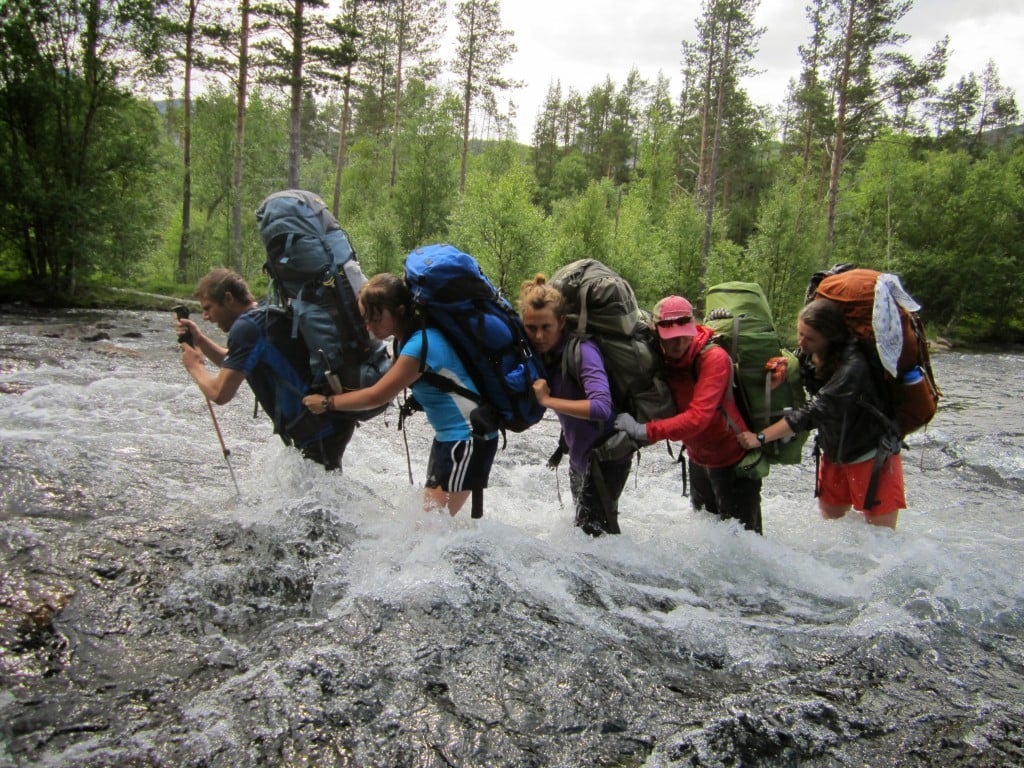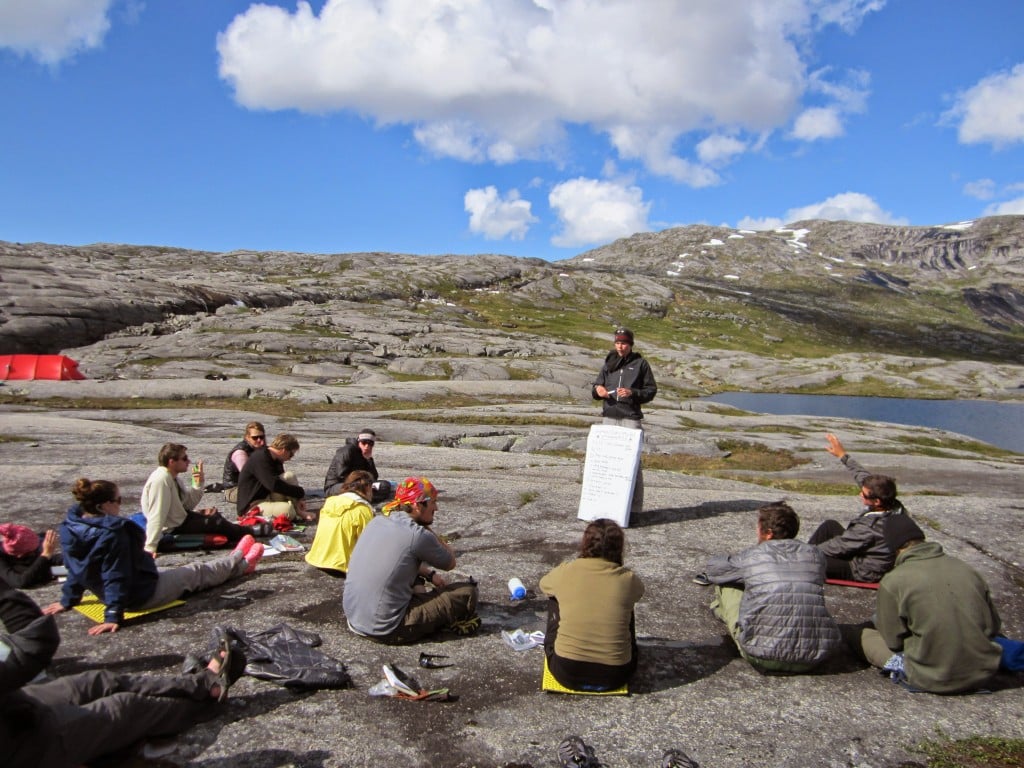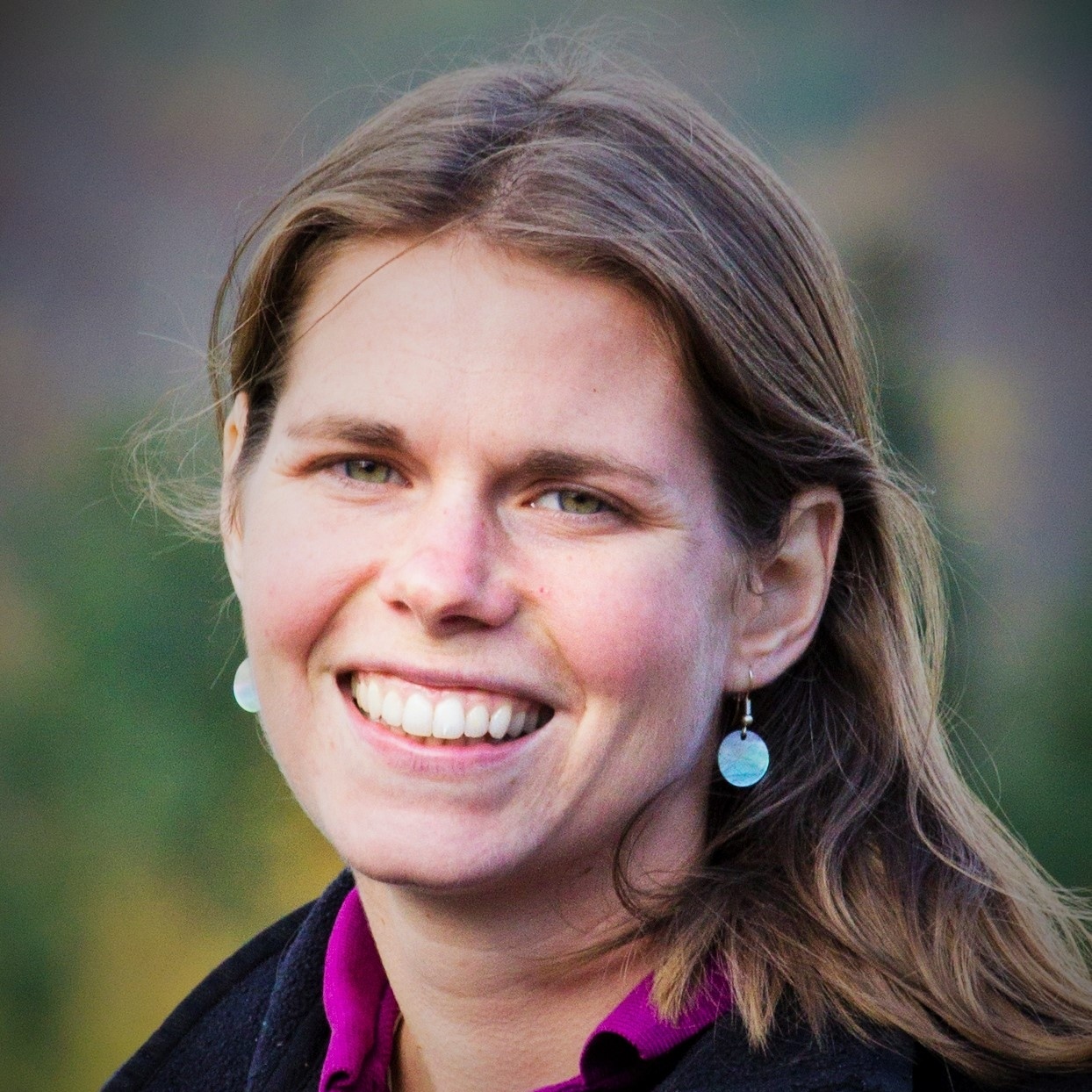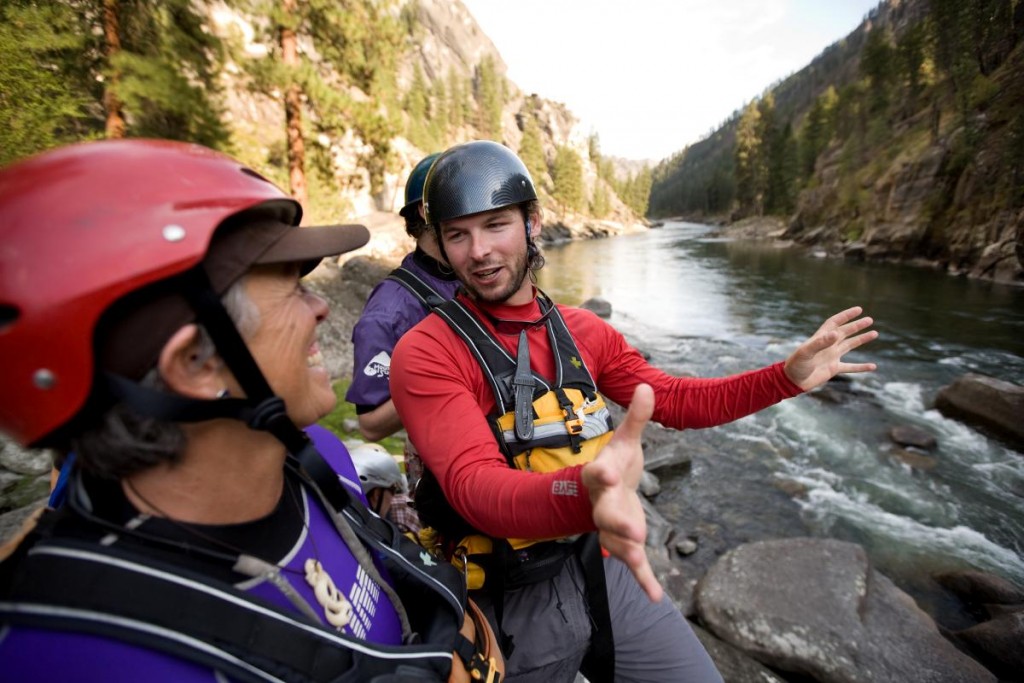
Midway through leading a backpacking expedition composed of 15 college freshmen, I asked Claire — the nervous student designated to lead the day’s hike — if she had ever failed. At anything, ever.
She furrowed her brow and then shook her head. She could not think of a single time. Claire made the varsity volleyball team as a freshman, got straight As, earned a full ride to the University of North Carolina. She was successful by all traditional metrics, but still unsteady, unconfident.
I see students like this on every NOLS course I teach, and I worry that we are raising a generation of Claires: students who are wonderfully accomplished and terrified to fail.
When I worked in admissions at Dartmouth College, I fielded calls from parents looking for advice on where to send their child to high school. Public or private? This boarding school or that one? They wanted to know the surest way to guarantee the child would go to an Ivy League School.
The question came from a good place, yet it left me deeply troubled. If we orchestrate kids’ success from day one, how will they ever see that we trust them to deal with failure and to create their own future?

Now that I live in Silicon Valley, I am surrounded by an ethos that celebrates failure. My classmates at Stanford clamor to take classes like “Lean Launchpad,” which emphasize rapid prototyping (in other words: try, fail, repeat) and idolize entrepreneurs who “fail forward.” While the mantra almost seems passé now in Silicon Valley, one important upshot of this mindset is that it asks us to disentangle our self-worth from our accomplishments.
We need to model this attitude for our children, especially girls, earlier in life. We need to let go of the urge to ensure their success, and instead create more opportunities for them to take on real challenges, with real possibility of failure.
On Claire’s leader day at NOLS, for example, we hit classic “summer” weather in Norway’s mountains: sideways sleet and a full-on whiteout. I let Claire and her classmates lead and I trotted behind — while they hiked for five hours in precisely the wrong direction. When we hit the Swedish border, they finally realized they had botched the navigation, big time. And then they solved their way out of the mess. They pored over maps, figured out the error, busted out emergency peanut M&Ms, and hiked until midnight to make it to camp. When we arrived, Claire looked utterly exhausted — and triumphant.
In the morning she told me, “Yesterday I learned that I am capable of much more than I think I am.”
This is education at its finest. It is not a series of “right” decisions that optimize the way a student looks on a college application. It is building an environment that says: We trust you. We will be here if you really screw up.
In the meantime: go make some mistakes.
Learn more about NOLS expeditions.
Editor's note: Post originally published on Medium.
Written By
Colleen Wearn
Colleen Wearn is a current NOLS instructor and graduate student at Stanford, pursuing her MBA and MA in Education. Previously, she worked as an admissions officer at Dartmouth College and The Mountain School in Vermont (with summer breaks to tromp around the Rockies and Scandinavia with NOLS students, of course!). She loves trail running, backcountry skiing, and dreaming about the future of outdoor education.



